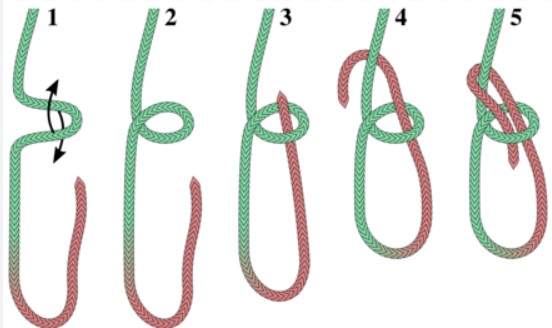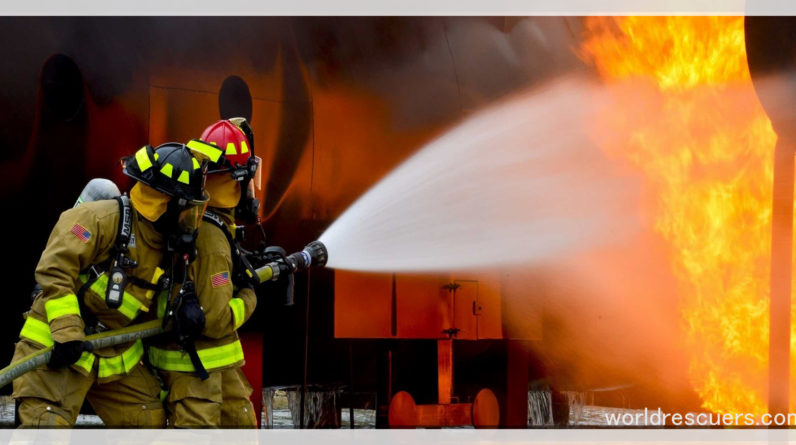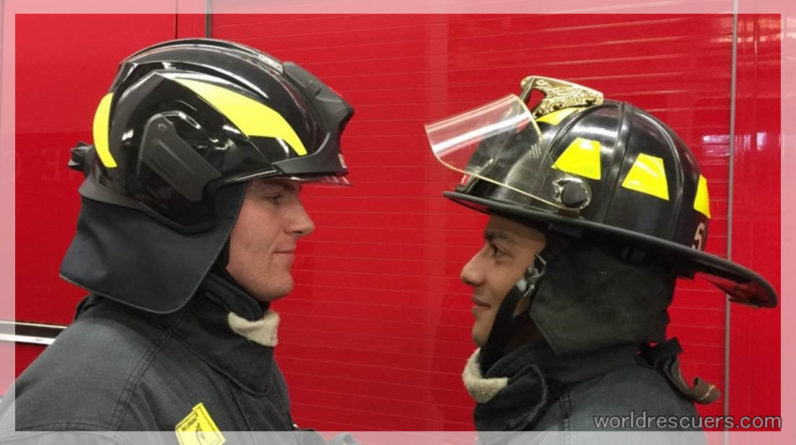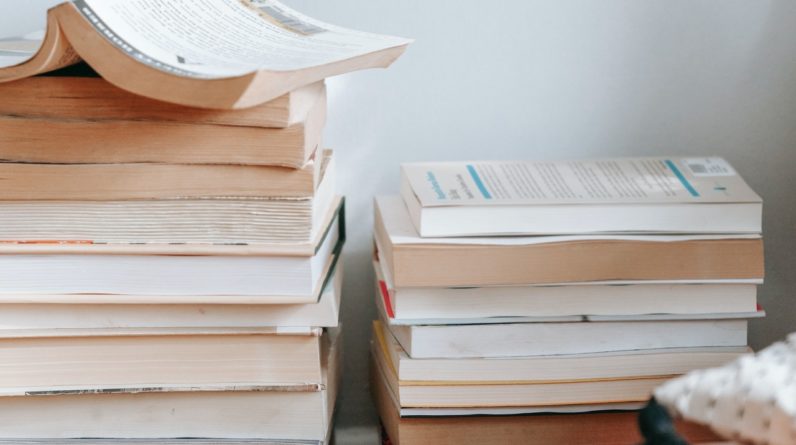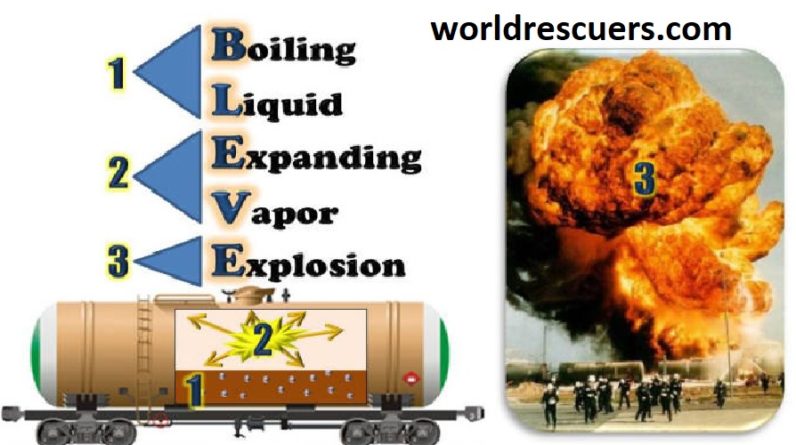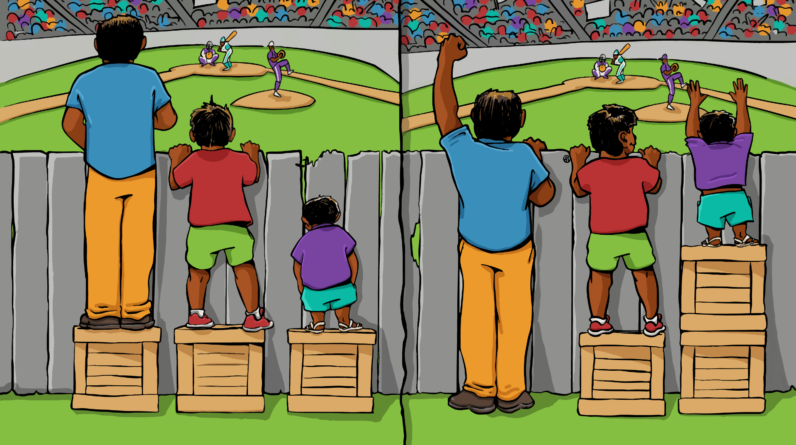
Outline
A. Introduction
B. Defining equity in education
C. Equity by UN
i. Equity in the USA
ii. Equity in European Countries
iii. Equity in South Asia
iv. Equity in the African region
v. Equity in Islam
D. Challenges of equity in Pakistan
i. Social challenges
Class differences
Sectarianism
ii. Political challenges
Absence of political will in leadership
Lack of public participation in discussion making process
iii. Economic challenges
The poor economy of the country
High living cast in urban areas
iv. Cultural challenges
Cultural differences in all units of Pakistan
Ideological differences
v. Geographical / Environmental and Ethical challenges
vi. Resistance to advance innovation and technology by certain groups
E. Inclusion of Equity in the Pakistan education system
i. Equity in gender-based education
ii. Equity in the provision of opportunities to all students
iii. Political equity and education
iv. Legal policies to cover inequalities in education
v. Content equity to ensure uniformity
F. Conclusion
We cannot succeed when half of us are held back. (Malala Yousafzai)
Twenty-three million children are out of school only in Pakistan which is 2nd highest number in the world. Resultantly, forty-four percent of the Pakistani population is illiterate. These figures reflect that equity in education is far away in developing and low-income countries’ education systems. Afterward, the recent global development through the forum of the United Nation in the form of sustainable development goals is a signal of great hope for the world. Equity in education, in developed countries, has paved the way for the development of nations in all political, economic, and social sectors. This essay will cover global equity in the world and the inclusion of equity in the education sector of Pakistan.
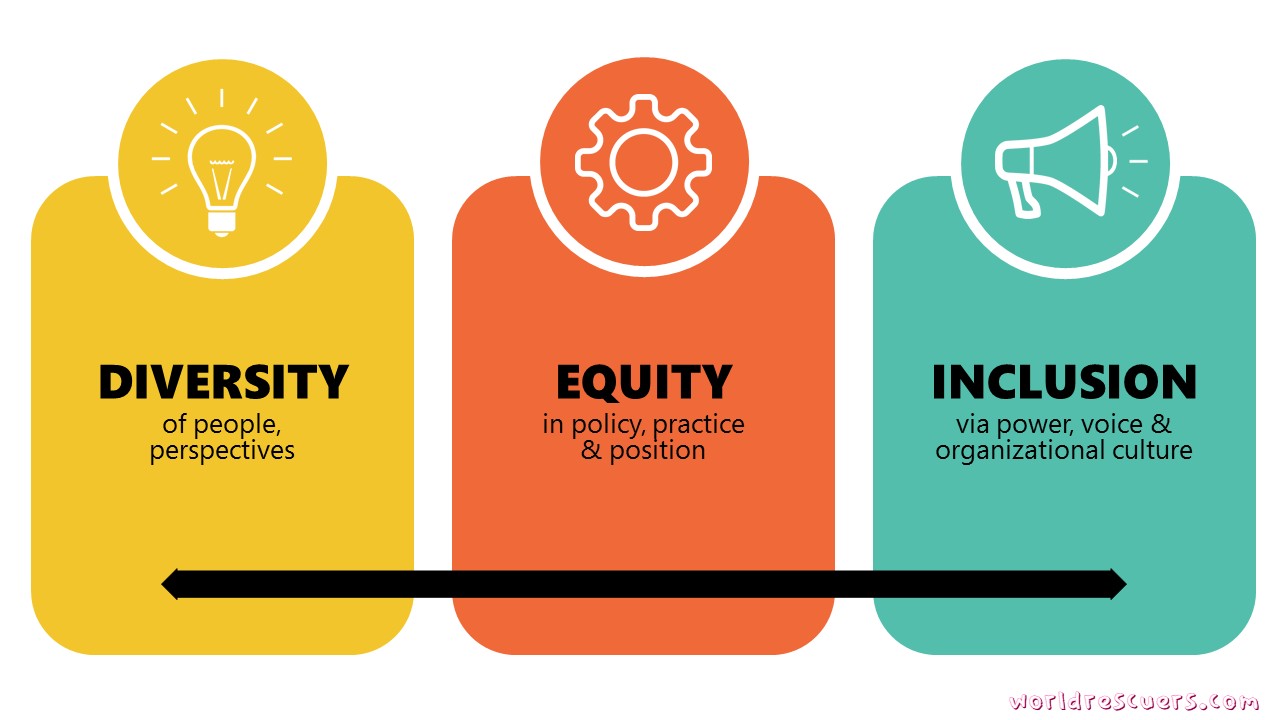
The fair distribution of facilities opportunities and facilities among all stakeholders without any sort of discrimination is called equity. Whereas, the formal process of giving or having instructions with a certain objective or motive is called education. Therefore, Education remained very vital and basic art or skill in all decades of history to fulfill the societal requirements for communication.
The United Nations is now focusing on the recently set seventeen sustainable development goals. The 5th goal focuses on gender equity in all sectors equality in all sectors and professions of life. The Gender Gap Index is the parameter to gauge the difference between males and females. Worldwide, this Index reflected the shrinkage in the gap except in the countries like Afghanistan, Pakistan, etc.
The United States is a developed country that worked on equity in education
Moreover, The United States is a developed country that worked on equity to set completion for the remaining world. Equity in our education of us remained in hot water due to the discrimination of black and white nationals. Similarly, equity remained a challenge for white providing basic property and voting rights to the female citizens of the United States of America. As women were not allowed to have property or cast their votes till the start of the 20th century. Now, fortunately, equity in the USA whether that is social, political, or economic has better stats as compared to the world. However, still there are certain discriminated communities or societies/states in the USA which have been alienated i.e. Native America.
The South Asian region is a developing region and the colonial region of British has a wider gap that needs the attention of the world. The south Asian countries, Pakistan, India, etc, have different geographical as well as political and ethnical diversities. The equity in the distribution of resources and provisions of basic human rights to all states and allies of India is evident in the worst situation of equity. The citizens of Indian-occupied Kashmir and Muslims residing in different Indian states are even alienated from their religious rights. The equity in political opportunities and education is also significantly wider not only in India but also in interior south Asian courtiers.
Implement and ensure equity in education
Islam as a religion preaches to its followers or believers to implement and ensure equity. Equity in the distribution of resources, economic, Political, and social, etc is a basic principle and fundamental component of the Islamic justice system. Islam ensures equity without any discrimination between males and females neither on the basis of caste, color, and religion nor on the basis of any other discriminating factors. All humans are equal before God, therefore, Muslims are bound to ensure and practice equity in their states and systems. However, some challenges due to different factors remained on the path to achieving this milestone in Pakistan.
Pakistan being a Muslim country has equity in its constitution. According to this, all citizens are entitled to have equal human and property rights without any discrimination, but certain factors and agents remained as challenges for equity since the inception of Pakistan. Here are some main challenges to equity in Pakistan.

Pakistan is a multicultural and multiethnic state. The social culture of Northern areas is totally different than the culture of people or citizens residing in Sindh province. Similarly, the culture of Punjab is also different from the culture and values of Baluchistan. Cultural differences shaped ideological thoughts in such a way that bonding and acceptance remained far away.
The socialization of community.
The socialization of any community determines the behaviors of its citizens. Religious thoughts and beliefs also play a vital role in shaping the norms. The feudal system since the inception of Pakistan remained a hurdle in the provision of socio-economic rights to the citizens of Pakistan especially in the tribal areas and in interior Sindh. Basically, this system of families generated and even accelerated the class differences in the respective societies. In a similar way, religious vectorization/sectarianism remained alienated certain classes of citizens from their fundamental rights. All these, significantly, played a role as inhibitors in the process of ensuring equity in Pakistan.
In addition to the social challenges, the political inhibitors are of equal importance. The already said feudal families worked for their personal interests instead of political will, and religious sects marginalize the female citizens from politics due to tunnel vision interpretation of Islam. The absence of political public interests in the will of feudal political leadership and the lack of public interests in politics caused an unbreakable hurdle in achieving a milestone in political equity.
The unfair distribution of resources
Moreover, the economy of the state or country is the backbone of the prosperity of the Nation. The economic challenges remained a serious hurdle to include the deprived regions-Baluchistan, interior Sindh and South Punjab, in the mainstream. The unfair distribution of resources, development, and lack of provision of economic opportunities to certain regions of Pakistan has created a huge gap that is still expanding with the passage of time. Although, The gap reflects notable differences in way of living in rural and urban areas. The urban areas are not in the approach of poor people living in neglected areas of south Punjab, Interior Sing, and Baluchistan. The changing and developing world demands the integration of all communities as a single platform to attain the required economic growth.
Last but not least is the resistance of religious groups to the implementation and adoption of modern technology. The religious groups remained a hurdle in the adoption of audio-video visual aids used to educate students in the education sectors. They have also resisted even the voting rights and basic educational rights of female citizens. Fortunately, either the technological development, Pakistan is now overcoming this gap to ensure equity in all sectors. The following are the direly needed measure that should be taken to include equity in the educational sector of Pakistan.
The huge gap between the illiterate and literate population
Forty-four percent of Pakistani citizens are even unable to read and write. This huge gap between the illiterate and literate population of unacceptable and is resistance to the way of achieving set goals. Accordingly, 56.4 percent of male citizens are literate and 42.7 percent of female citizens can read and writes. The gap even male and female educated citizen is wider.
Similarly, the gap between provisions of equal; opportunities for all students is not shrinking. The students having education in a school that even did not have a classroom and boundary wall is supposed to complete a student having full access to an e-library, laboratories, and air-conditioned classroom. The difference is becoming a cause of marginalization of those students who did not have access to later facilities. Equity in the provision of equal opportunities and the same startup to all students is the need of the hour.
In the same way, political equity in all regions without discrimination is the need of the hour. The proper political party system having equal representation with interparty elections is the solution for equity. The political representation of male and female citizens in constitutional assemblies will help to legislate in favor of a neglected or alienated group of citizens female. The provision of equal educational and political opportunities to all citizens without gender discrimination will remove the unbreakable hurdle caused by the feudal and ethnic political leadership. The implementation of the same with legal cover in the form of long-term policy may result in a fruitful way. The discrimination in societies results from the existing Pakistani education system.
The Pakistani education system
Furthermore, The Pakistani education system has three parallel education systems in the country. The first one is a public or non-elite education system for the enrolment of children of middle-class citizens. The second one is an elite private education system to educate the people of upper-class families. The last and alienated educational system is based on madrasas to educate the poor children of different regions. The late education system purely focuses on religious education having strong resistance to learning the English language and science. Furthermore, These three parallel educational systems are causing socio-economic and class differences in the nation. Achieving the milestone of equity with these systems is impossible for Pakistan.
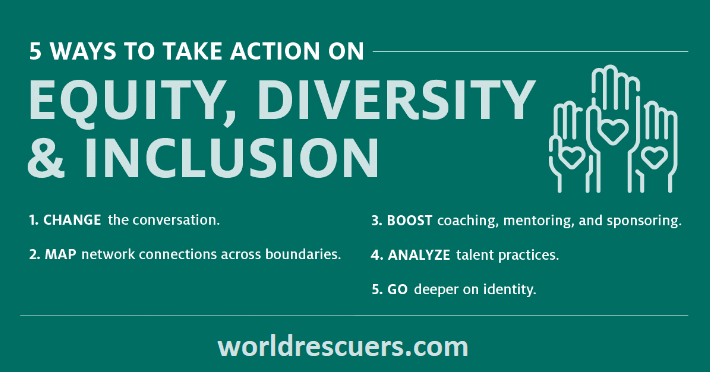
Fortunately, after realizing the volume of damage, Pakistan has started the implementation of a single National curriculum to provide equal opportunities to all students regarding the medium of instruction and assessment on a single developed content. Although, it has some shortcomings but is a good step as the shortcomings can be resolved. The hurdles in the implementation of this should be resolved to achieve the goal of equity and to ensure progress in 5th sustainable development goal.
Equity in education, social, political, economic, and environmental sectors
To summarize, equity in social, political, economic, and environmental sectors is the need of the hour without any gender, racial or ethnic discrimination in the world. Moreover, The developed countries are closer to the milestone of equity as compared to the low-income developing countries. The inclusion of equity in the education system of Pakistanis direly needed to include the alienated groups, female citizens in the main developing stream to achieve the benchmark of equity. Meanwhile, The participation of all citizens of Pakistan without any discrimination in the education sector through adaptation of modern technology will pave the way to achieve the 5th SDG of the United Nations and guarantees a prosperous Pakistan. As the famous Nobel prize holder for peace said:
“We cannot succeed when half of us are held back”. (Malal Yousafzai)

Hi, I am John Smit a Captain in Fire Department City of Newyork with over years of experience in the field of Firefighting and HSE. My passion for fire safety started when I was a young boy and witnessed a neighbor’s house go up in flames along with precious lives. Since then, I had dedicated my life to ensuring the safety of buildings, properties, and individuals in case of a fire and medical emergencies.

